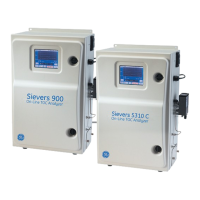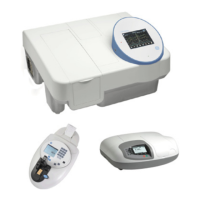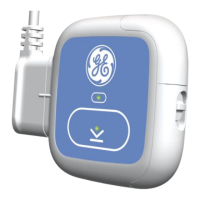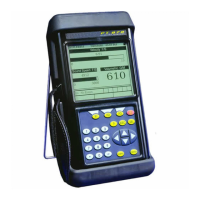GE Analytical Instruments ©2010 113 of 226 DLM 74001-04 Rev. A
Chapter 6. Calibration and System Protocols
Overview
The Analyzer is calibrated at the factory and should require recalibration only once per year. When replacing
items that affect analysis, such as the UV lamp or pump heads, perform a verification of the calibration; only re-
calibrate if verification indicates that a new calibration is necessary.
The Sievers 500 RL On-Line TOC Analyzer can be calibrated using one of two methods: single-point calibration at
1.5 ppm; or multi-point calibration at 500 ppb, 1.0 ppm, and 1.5 ppm. GE Analytical Instruments recommends
single-point calibration for most applications. Multi-point calibration is available as an alternative procedure for
customers.
The Sievers 500 RL On-Line TOC Analyzer facilitates the calibration and verification process by handling the
necessary calculations internally; you will have the opportunity to accept or reject the calibration during the
procedure. Calibration and verification are accomplished using Sievers Standards in 40-mL and 30-mL vials,
sampled via the Analyzer’s iOS System.
If your Analyzer has a standard iOS System (one vial port), you will need to insert the appropriate standard into
the iOS when prompted by the Analyzer. If your Analyzer has a Super iOS System (four vial ports), you can insert
all standards required for most system protocols into the iOS at one time; when running multi-point calibration,
you will need to switch vials once during the procedure.
If your Analyzer is equipped with a sample inlet block, you must install an IOS to calibrate and verify the Analyzer.
Note: Only a single-point calibration or a multi-point calibration needs to be performed. Do
not perform both types of calibration.
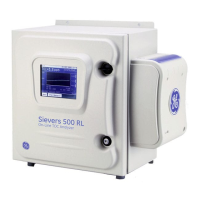
